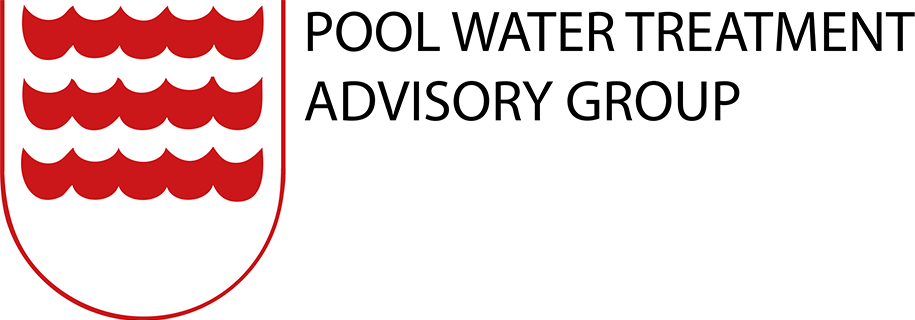PWTAG Technical notes are updates or new material for the standards and guidance given in the PWTAG book, Swimming Pool Water and the PWTAG Code of practice and should be read in association with these publications.
15 June 2023 – When sodium hypochlorite or chlorine gas disinfectant is generated electrically from sodium chloride, flammable hydrogen gas is also formed. This technical note recommends gas monitors as an extra safeguard for hydrogen’s safe disposal.
The danger
Hydrogen gas is colourless, odourless, tasteless, non-toxic – and highly combustible. It will burn at any level between 4 and 75% and detonate between 18 and 59% at atmospheric pressure. A spark of just 0.02mJ will ignite it. So it needs to be respected.
A typical pool electrochlorination unit might produce over 7,000 litres of hydrogren every day. Most systems deal with the hydrogen by diluting it to below 25% of the lower flammable/explosive limit and then venting outside the building to a safe area. Under normal running conditions this is satisfactory, but faults should be considered.
Gas monitors
PWTAG recommends that all electrochlorination systems have a hydrogen gas monitor, set to shut down the electrochlorination unit immediately if a concentration above 1% hydrogen is detected in the plant room, and to sound an alarm in the affected area.
One sensor should be enough, except where the vent pipe runs through more than one room, or the product tank is in a separate area/room. As hydrogen is lighter than air, the sensor should be at the highest point in the plant room. As it is monitoring a possibly explosive gas the sensor should be suitably Ex rated for the hazardous atmosphere (all reputable sensors are).
The hydrogen monitor and alarm system should be installed, maintained and calibrated as per the manufacturer’s instructions and recommendations. All this should be done by trained and competent engineers. In most instances calibration should not be done with anything greater than a 1% hydrogen concentration. Records of maintenance and calibration should be kept.
- Subject: Hydrogen safety in electrochlorination
- Date: June 2023
- Download: Technical Note 69 PDF
